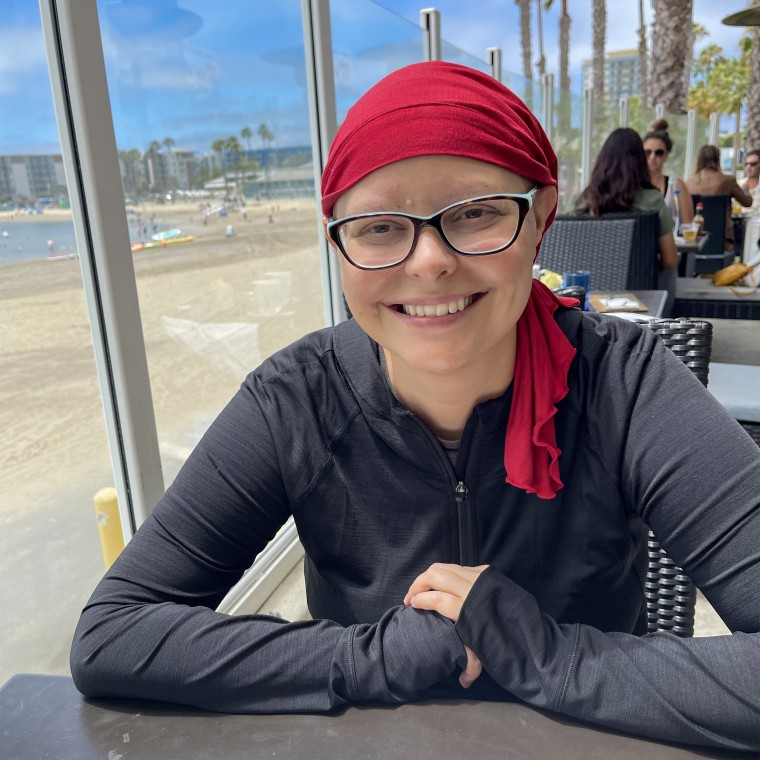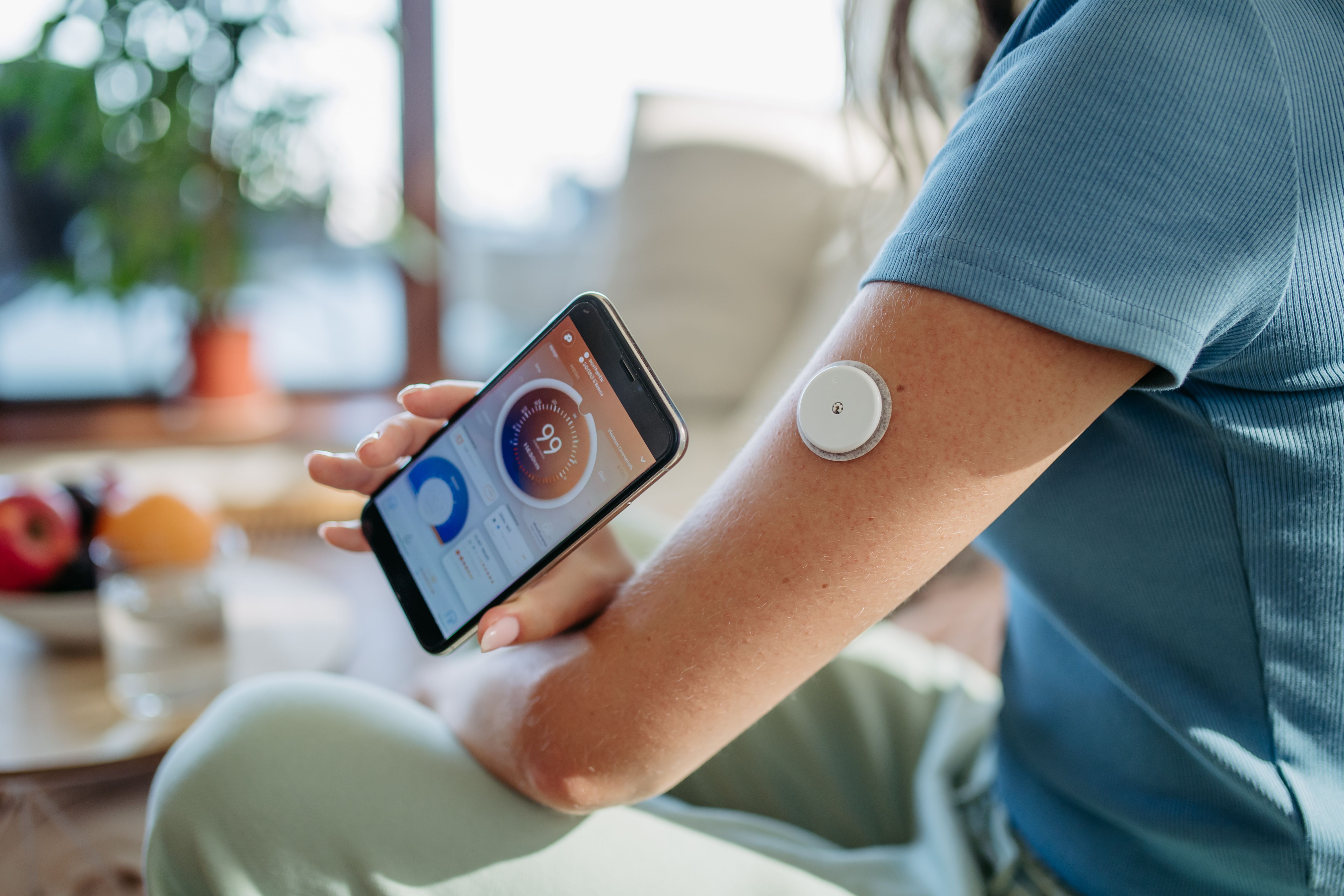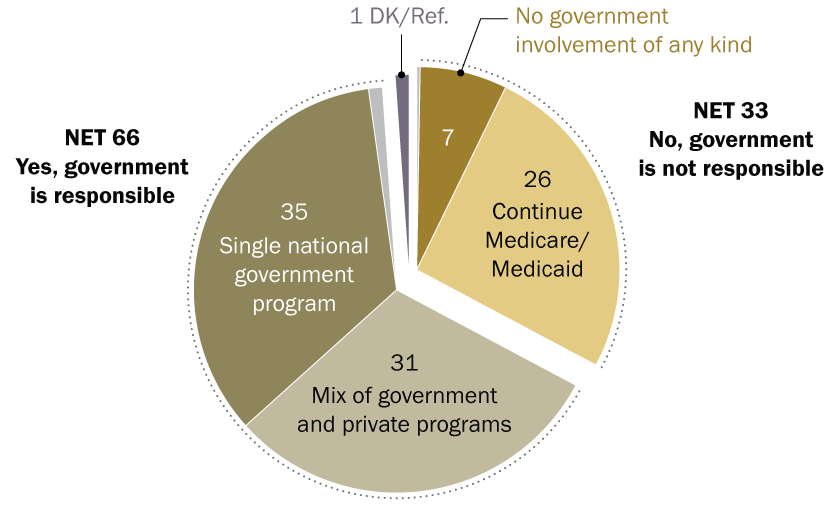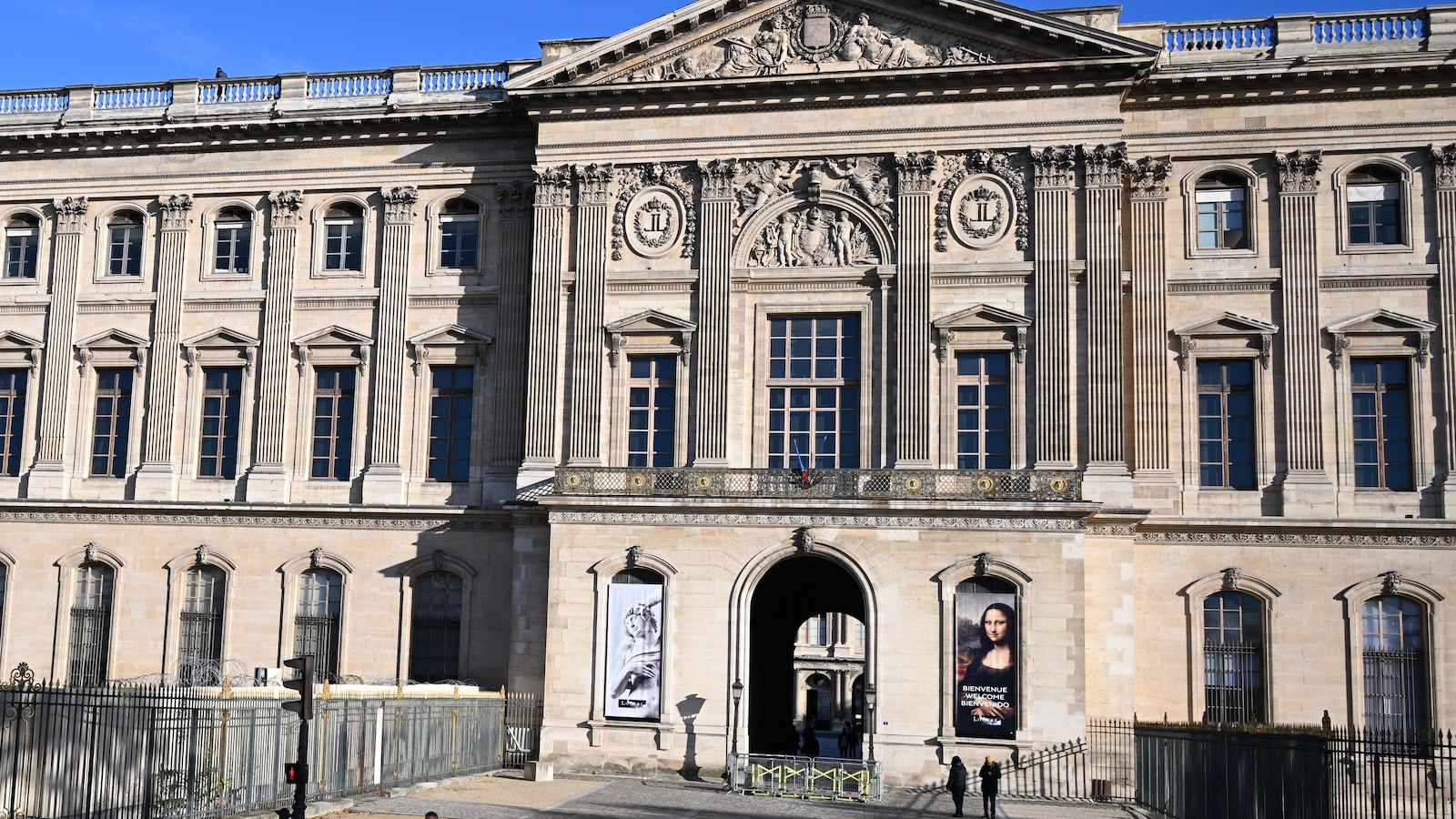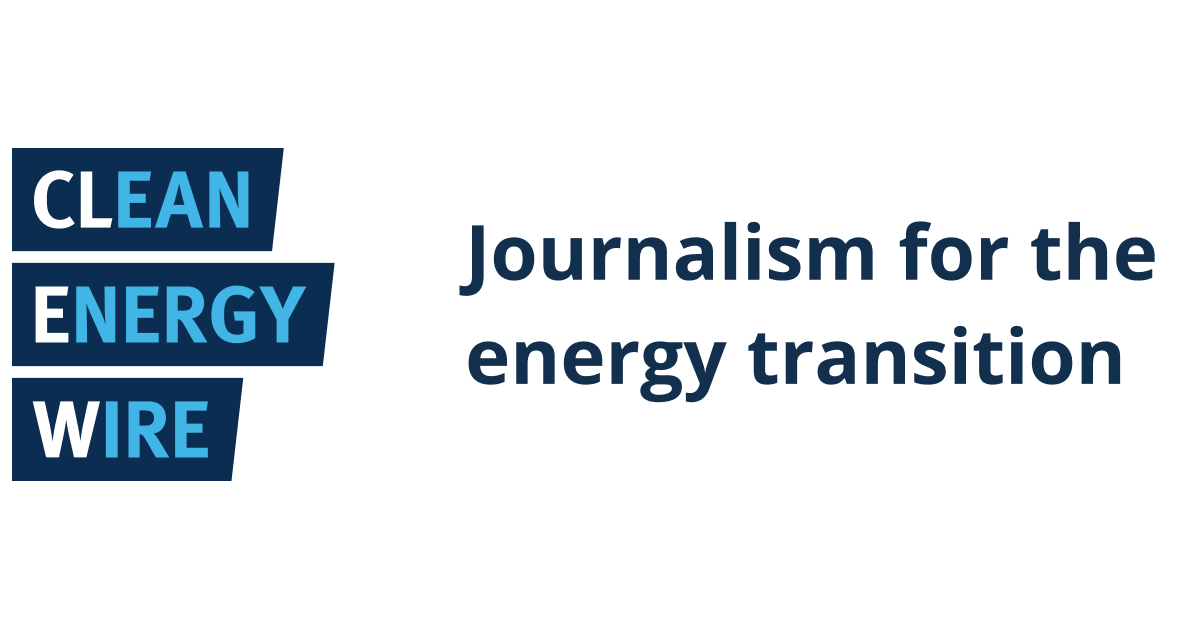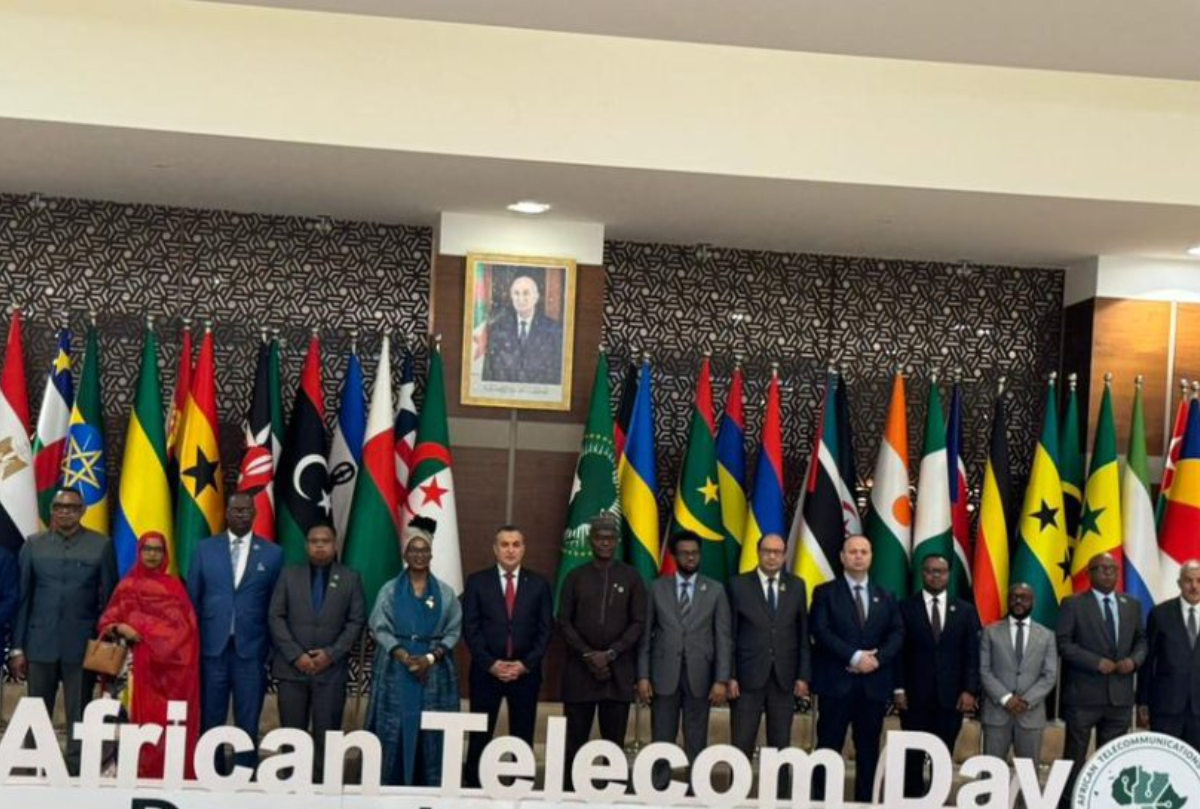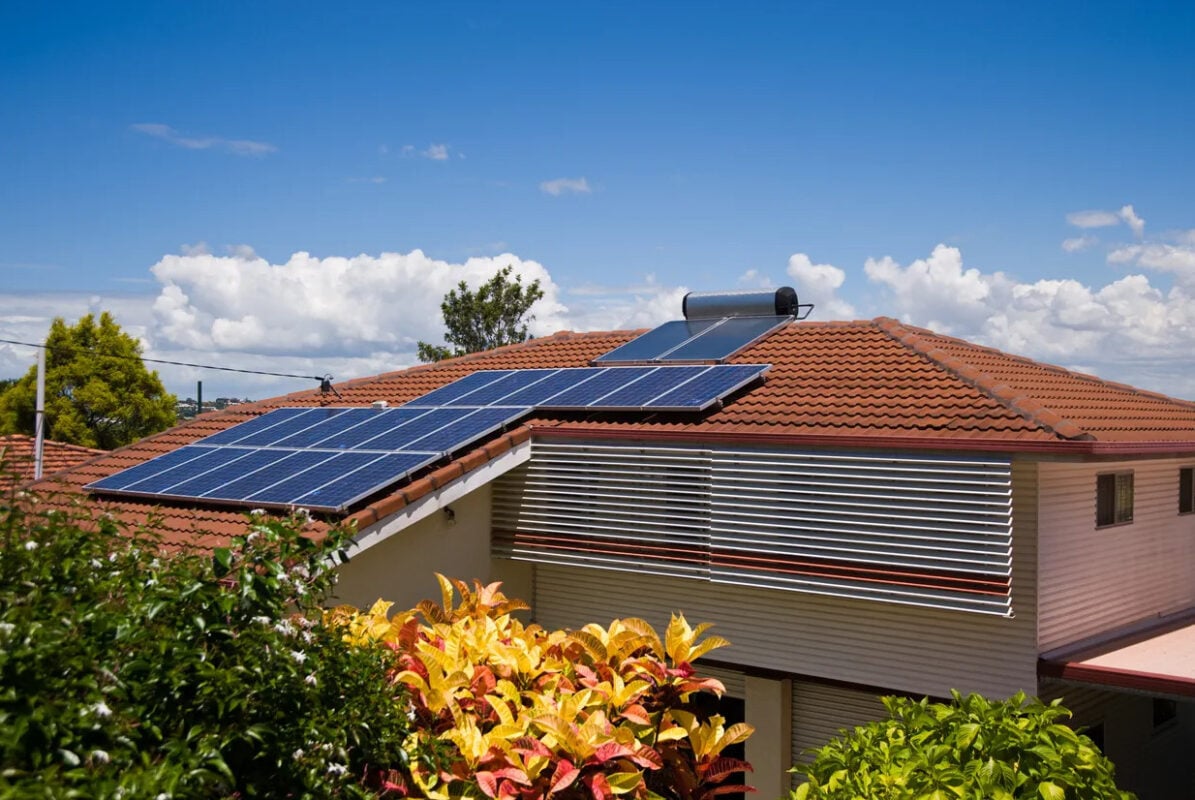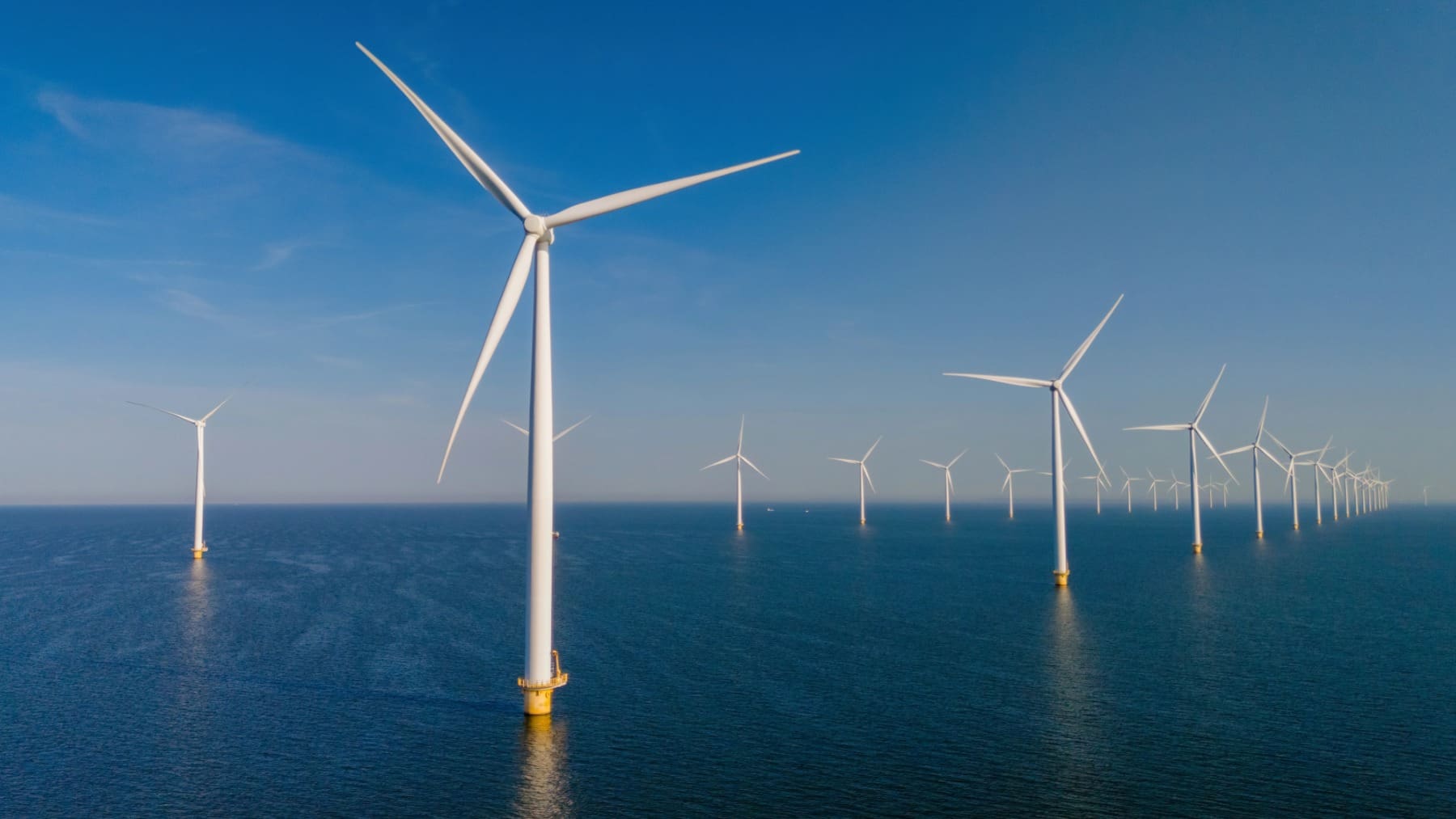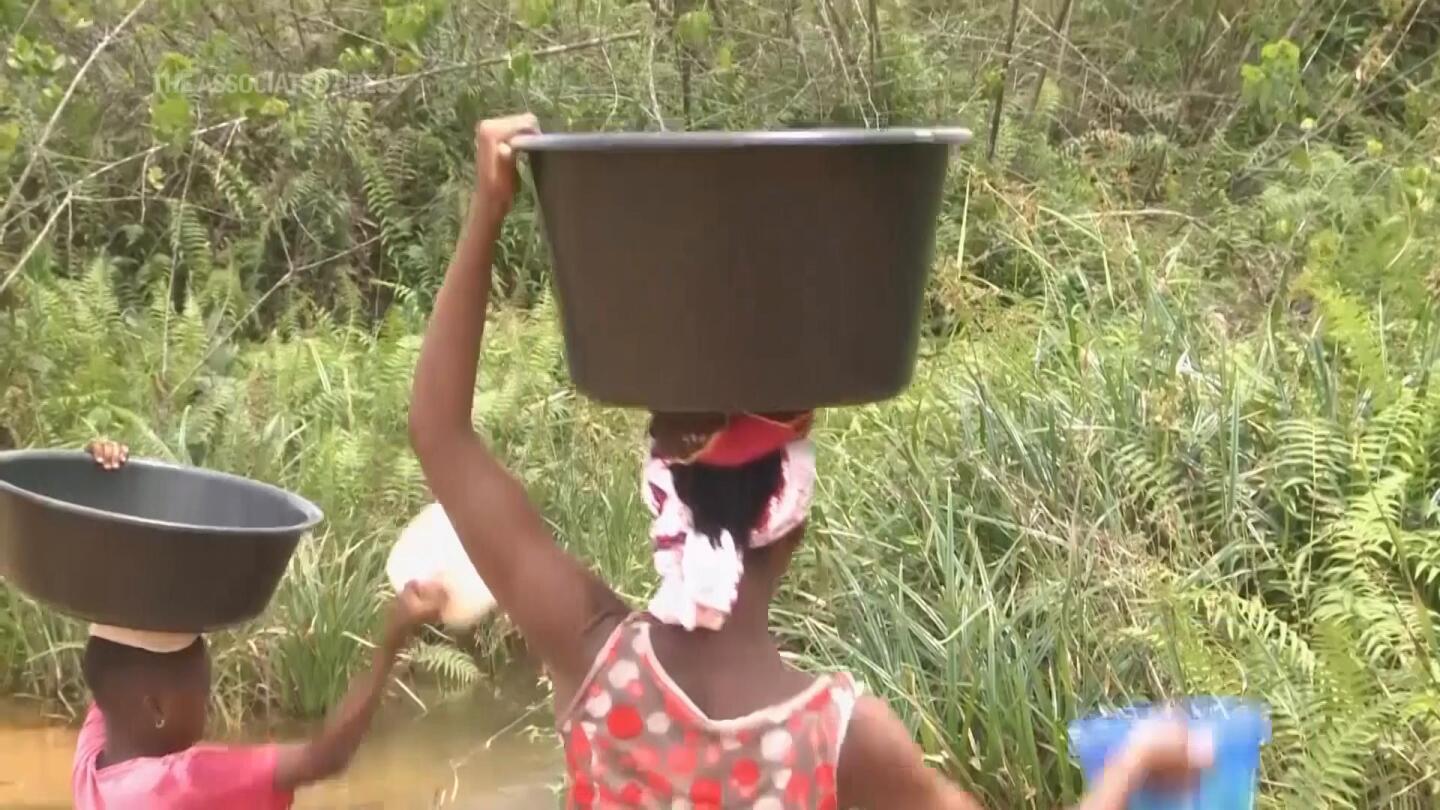How advanced alloys keep Europe’s turbines turning – International Water Power
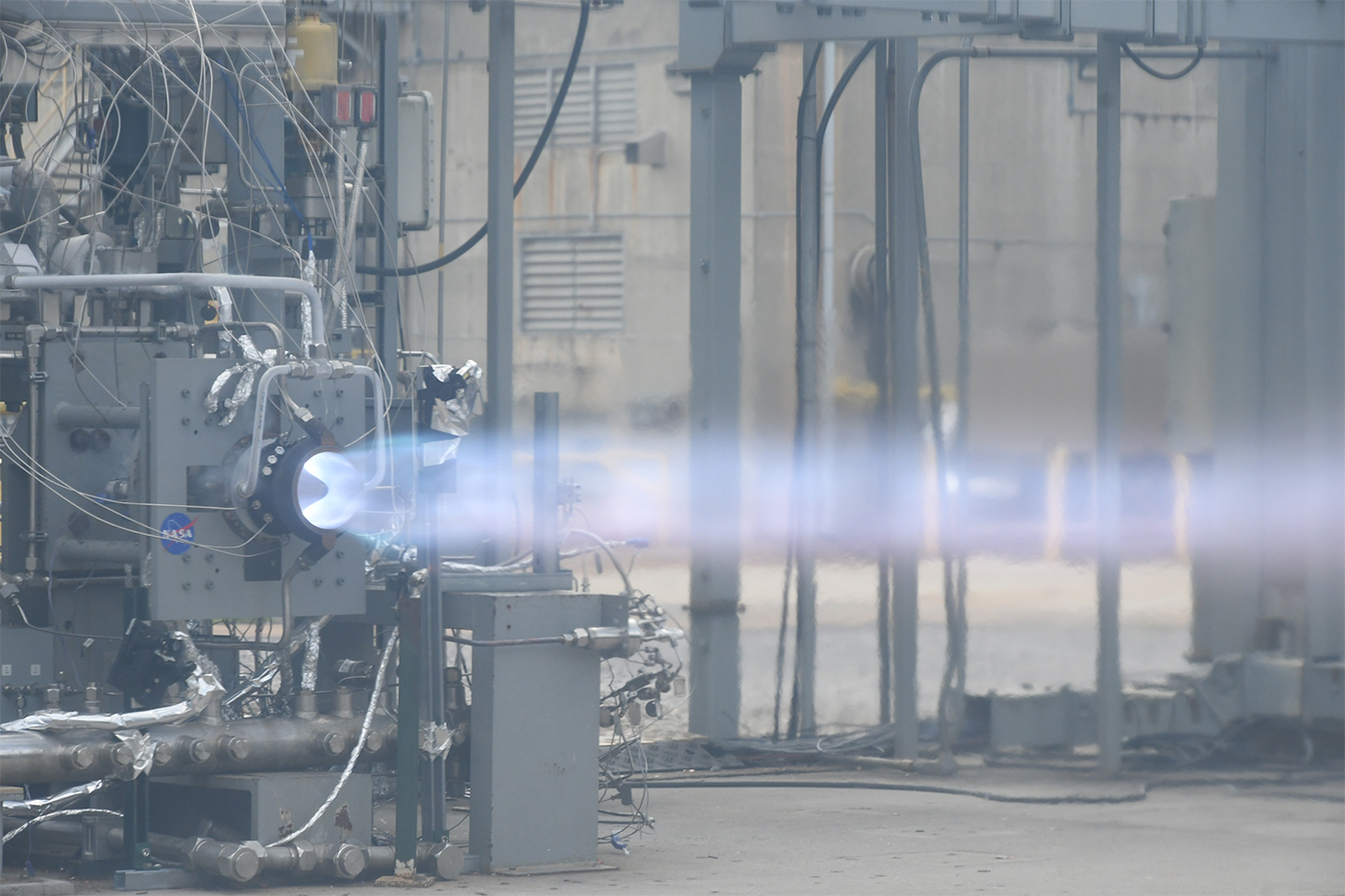
Report on the Strategic Partnership Between Kraftwerke Oberhasli AG and Deloro Wear Solutions for Sustainable Hydropower Generation
Executive Summary
This report examines the long-standing collaboration between Kraftwerke Oberhasli AG (KWO), a major European hydropower operator, and Deloro Wear Solutions, a specialist in wear-protection materials. The partnership focuses on enhancing the durability and efficiency of hydropower components, directly contributing to several United Nations Sustainable Development Goals (SDGs), most notably SDG 7 (Affordable and Clean Energy), SDG 9 (Industry, Innovation, and Infrastructure), and SDG 12 (Responsible Consumption and Production).
Hydropower’s Critical Role in Achieving Sustainable Development Goals
Hydropower is a cornerstone of the global energy transition, providing reliable, CO₂-free electricity that is essential for achieving international climate and energy targets.
SDG 7: Affordable and Clean Energy
- KWO produces approximately 2,200 gigawatt-hours of CO₂-free electricity annually, supplying both base-load and peak-load power to the European grid.
- This stable supply of clean energy is vital for balancing intermittent renewables like solar and wind, ensuring grid stability and energy security across Europe.
- By generating climate-friendly power, KWO directly supports Target 7.2: to increase substantially the share of renewable energy in the global energy mix.
SDG 13: Climate Action
- As a zero-emission energy source, hydropower is a key asset in the fight against climate change.
- In Switzerland, hydropower constitutes approximately 60% of electricity production, demonstrating its significant contribution to national and continental decarbonization efforts.
Industrial Innovation for Resilient Infrastructure (SDG 9)
The operational environment of hydropower plants, characterized by high water pressure and sediment loads, presents significant engineering challenges. The partnership between KWO and Deloro exemplifies the innovation required to build and maintain resilient infrastructure (Target 9.1).
Operational Challenges and Technical Solutions
Pelton turbines at KWO facilities face extreme hydro-abrasive wear from water moving at 120 meters per second and carrying rock particles. This wear degrades critical components like nozzle needles, reducing efficiency and operational lifespan.
A Partnership for the Goals (SDG 17)
The 30-year collaboration between KWO and Deloro demonstrates a successful, long-term partnership for sustainable development. This alliance combines KWO’s operational expertise with Deloro’s material science and manufacturing capabilities to create targeted solutions.
Advanced Material Science and Manufacturing
- Material Selection: The collaboration identified Stellite 3, a cobalt-chromium (CoCr) alloy, as the optimal material. Its high carbon content provides superior resistance to abrasion, corrosion, and heat.
- Manufacturing Process: Deloro employs a comprehensive “Made in Germany” manufacturing process that includes traditional sand-casting, precision mechanical finishing (turning, grinding, polishing), and advanced coating techniques like laser cladding.
- Quality Assurance: Rigorous inspections, including surface crack testing and ultrasonic testing, ensure components are free from internal and external flaws, guaranteeing durability.
Fostering Responsible Consumption and Production (SDG 12)
The primary outcome of the KWO-Deloro partnership is a significant extension of component life, which directly supports the principles of responsible production and sustainable resource management.
Measurable Sustainability Impacts
- Extended Service Life: The use of Stellite components has increased the operational life of KWO’s nozzle needles by three to five times.
- Resource Efficiency: Extending turbine operating life from a few hundred hours to several thousand significantly reduces the frequency of replacements, conserving raw materials and minimizing waste.
- Economic and Environmental Gains: The economic break-even point for the components is approximately 20,000 operating hours. Every hour beyond this point represents a direct gain in both economic value and resource efficiency, contributing to sustainable economic growth (SDG 8).
Conclusion: A Model for Sustainable Industrial Collaboration
The enduring partnership between KWO and Deloro serves as a powerful case study in achieving sustainability through targeted industrial innovation. By developing highly durable components, the collaboration not only enhances the operational efficiency of KWO’s plants but also reinforces the role of hydropower as a reliable pillar of Europe’s clean energy future. This success story highlights how strategic partnerships are fundamental to advancing the Sustainable Development Goals, particularly in the critical sectors of energy, infrastructure, and climate action.
1. Which SDGs are addressed or connected to the issues highlighted in the article?
-
SDG 7: Affordable and Clean Energy
- The article focuses on hydropower as a source of “CO₂-free electricity” and its crucial role in the “energy transition” and stabilizing “renewable electricity supply.” This directly aligns with the goal of ensuring access to clean and modern energy.
-
SDG 9: Industry, Innovation, and Infrastructure
- The text details the collaboration between KWO (hydropower industry) and Deloro (manufacturing) to create innovative solutions (“Stellite alloys,” “laser cladding”) to upgrade and maintain critical energy infrastructure (hydropower plants). It highlights making facilities more durable and efficient, which relates to building resilient infrastructure and fostering innovation.
-
SDG 13: Climate Action
- By emphasizing the production of “CO₂-free” energy, the article implicitly addresses climate action. Hydropower is presented as a key tool in stabilizing the power grid as it integrates other fluctuating renewables, contributing to a lower-carbon energy system and mitigating climate change.
-
SDG 12: Responsible Consumption and Production
- The development of wear-resistant components that extend the service life of turbine parts “by three to five times” promotes more sustainable production patterns. This reduces the need for frequent replacements, thus conserving materials and resources, aligning with the goal of achieving “resource conservation.”
2. What specific targets under those SDGs can be identified based on the article’s content?
-
Target 7.2: Increase substantially the share of renewable energy in the global energy mix.
- The article supports this target by stating that “hydropower is becoming increasingly important” in the energy transition and that in Switzerland it “accounts for about 60% of electricity production, making it the most important renewable source.”
-
Target 7.a: Enhance international cooperation to facilitate access to clean energy research and technology… and promote investment in energy infrastructure and clean energy technology.
- The 30-year partnership between KWO (Switzerland) and Deloro (Germany) to develop and apply “customized solutions for wear-resistant components” in hydropower plants is a direct example of international cooperation to improve clean energy technology and infrastructure.
-
Target 9.4: Upgrade infrastructure and retrofit industries to make them sustainable, with increased resource-use efficiency and greater adoption of clean and environmentally sound technologies.
- The collaboration aims to “maximize the longevity and efficiency of its facilities” by using advanced materials and processes like “Stellite 3” alloys and “laser cladding.” This represents a direct effort to upgrade infrastructure for sustainability and resource efficiency. The article notes this makes a “huge contribution to resource conservation.”
-
Target 12.2: Achieve the sustainable management and efficient use of natural resources.
- The article describes how Deloro’s solutions “extend the service life of our nozzle needles by three to five times.” This extension reduces the consumption of raw materials and energy needed for manufacturing replacement parts, demonstrating more efficient use of natural resources.
3. Are there any indicators mentioned or implied in the article that can be used to measure progress towards the identified targets?
-
Indicator 7.2.1: Renewable energy share in the total final energy consumption.
- The article provides a specific data point for this indicator, stating that “In Switzerland alone, hydropower accounts for about 60% of electricity production.”
-
Annual Production of Clean Energy (Implied Indicator)
- The article mentions that KWO produces “around 2,200 gigawatt hours of CO₂-free base-load and peak-load electricity annually,” which serves as a direct measure of the output of clean energy contributing to Target 7.2.
-
Increased Component Lifespan (Implied Indicator)
- Progress towards Targets 9.4 and 12.2 can be measured by the statement that the service life of nozzle needles has been extended “by three to five times.” This quantifies the increase in resource-use efficiency and infrastructure durability.
-
Increased Turbine Operating Hours (Implied Indicator)
- The article notes that wear-protection solutions can “extend turbine operating life from just a few hundred hours to several thousand.” This is a quantifiable measure of improved efficiency and reliability of the clean energy infrastructure.
4. Table of SDGs, Targets, and Indicators
| SDGs | Targets | Indicators |
|---|---|---|
| SDG 7: Affordable and Clean Energy | 7.2: Increase substantially the share of renewable energy in the global energy mix. |
|
| SDG 7: Affordable and Clean Energy | 7.a: Enhance international cooperation to facilitate access to clean energy research and technology. |
|
| SDG 9: Industry, Innovation, and Infrastructure | 9.4: Upgrade infrastructure and retrofit industries to make them sustainable, with increased resource-use efficiency. |
|
| SDG 12: Responsible Consumption and Production | 12.2: Achieve the sustainable management and efficient use of natural resources. |
|
| SDG 13: Climate Action | 13.2: Integrate climate change measures into national policies, strategies and planning. |
|
Source: waterpowermagazine.com

What is Your Reaction?
 Like
0
Like
0
 Dislike
0
Dislike
0
 Love
0
Love
0
 Funny
0
Funny
0
 Angry
0
Angry
0
 Sad
0
Sad
0
 Wow
0
Wow
0


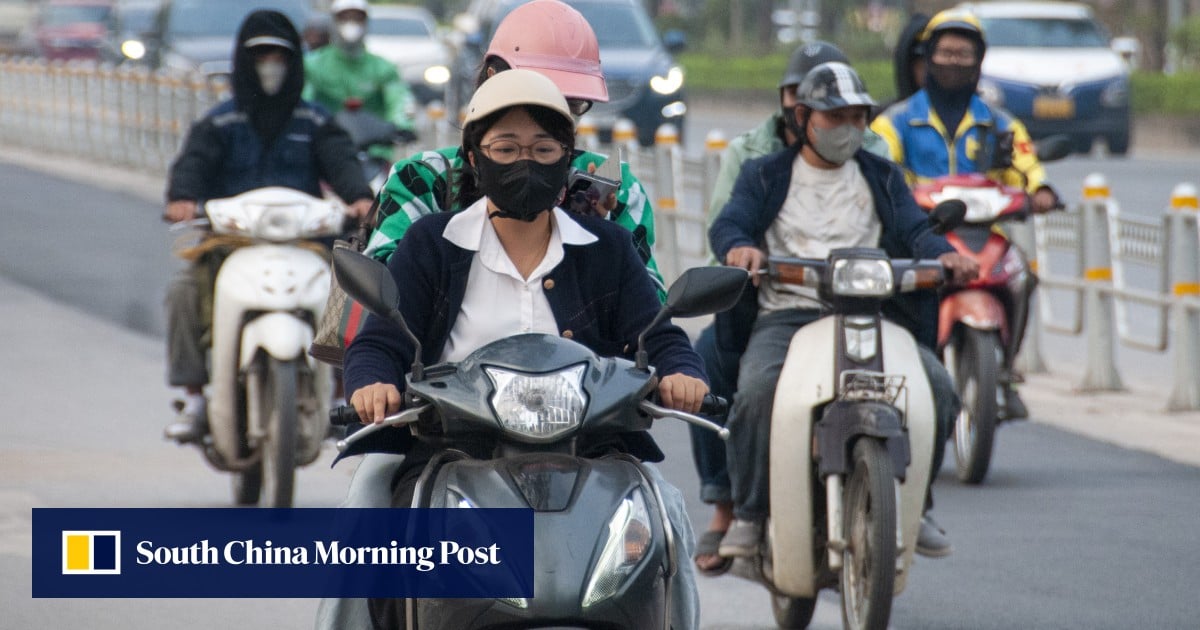





















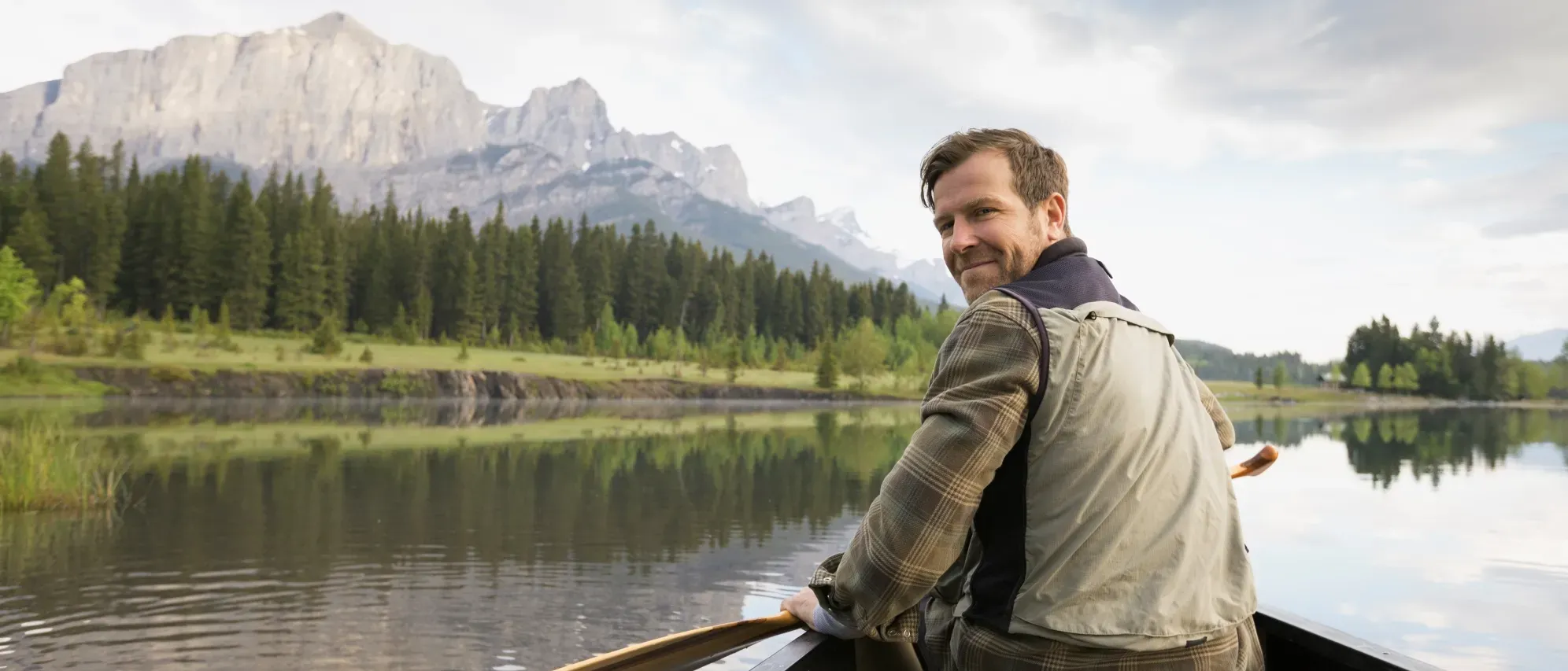
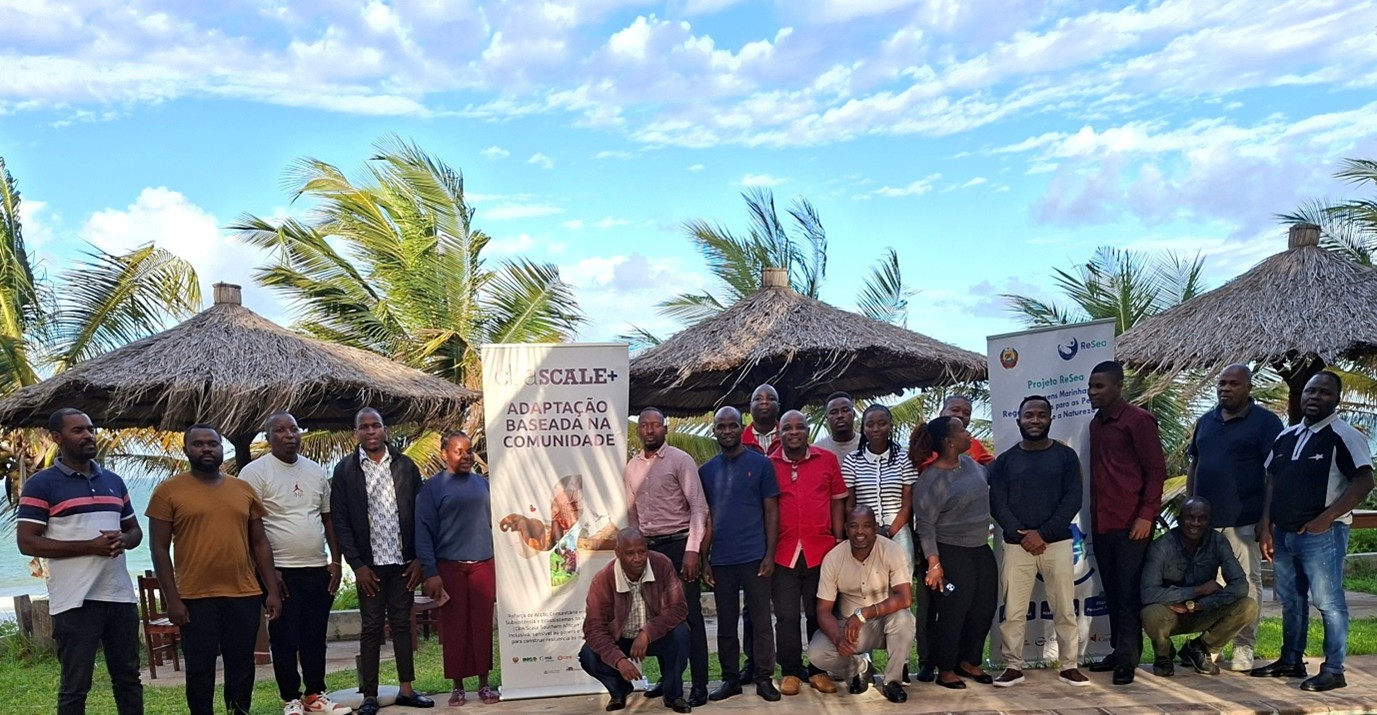








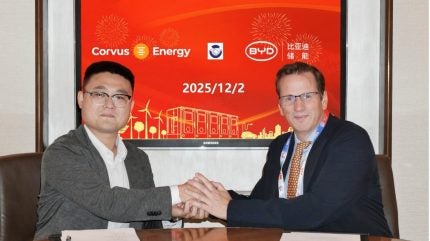
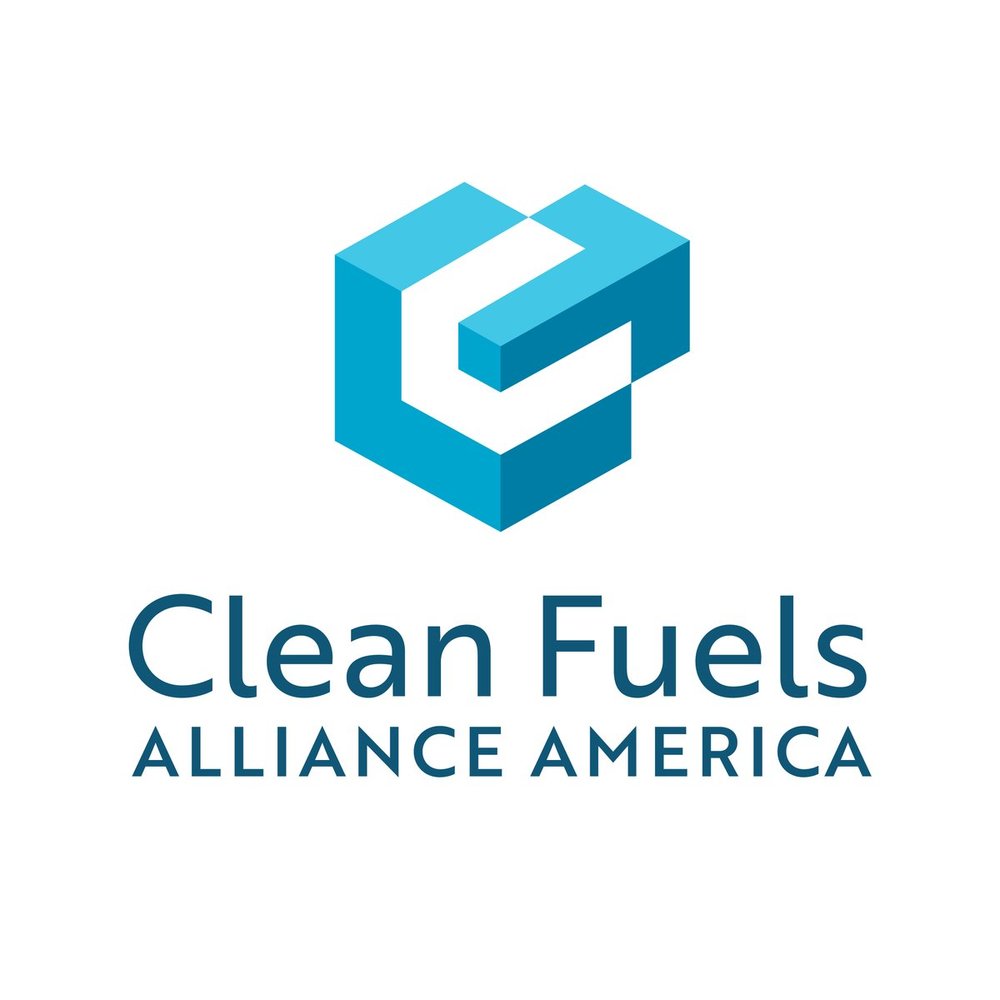
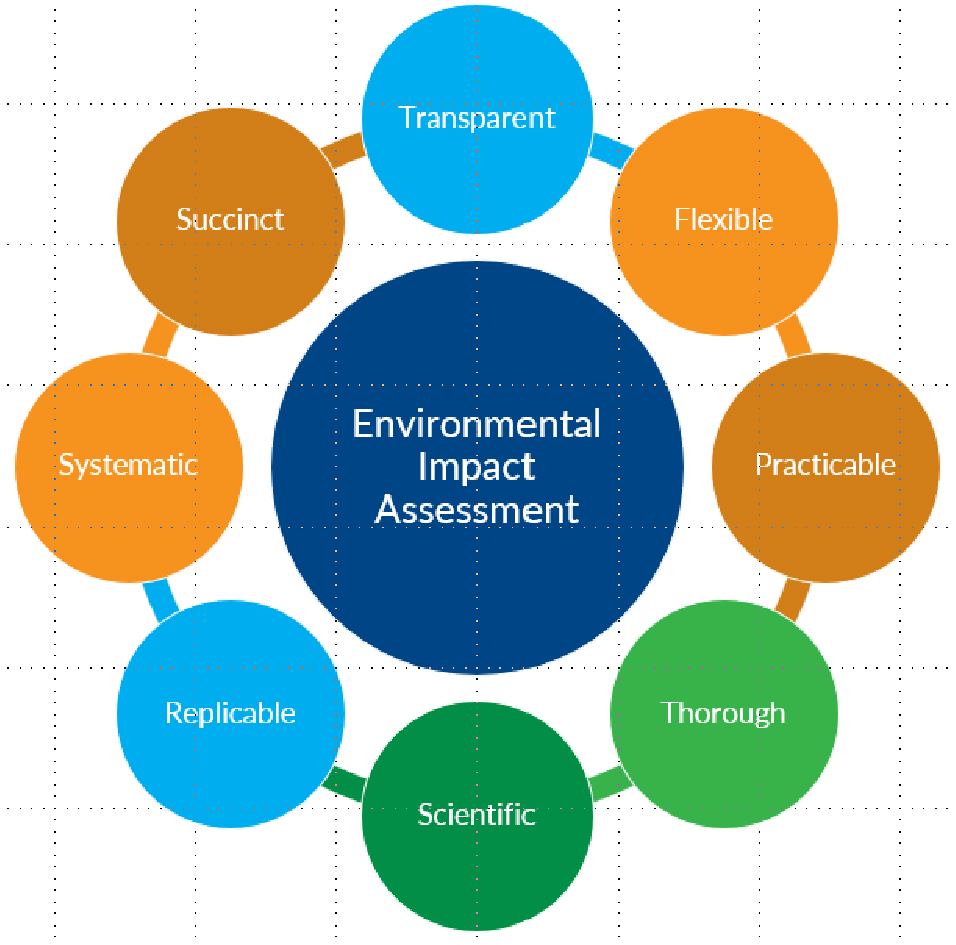


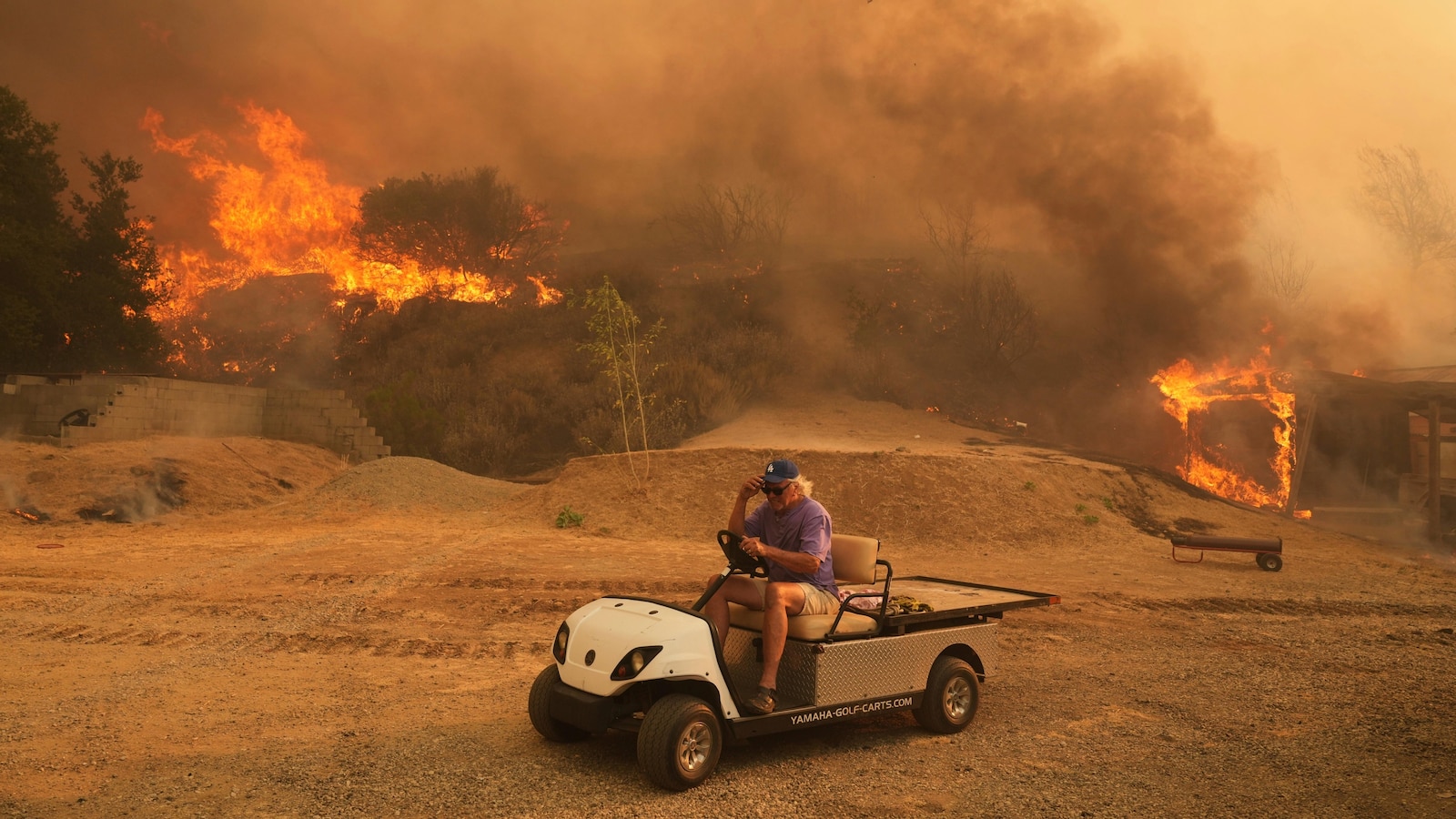


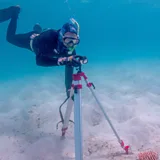
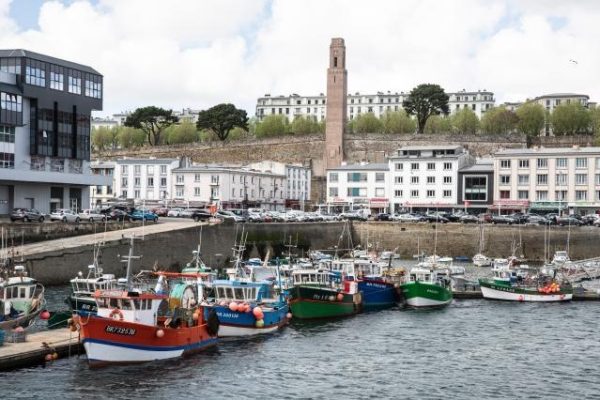
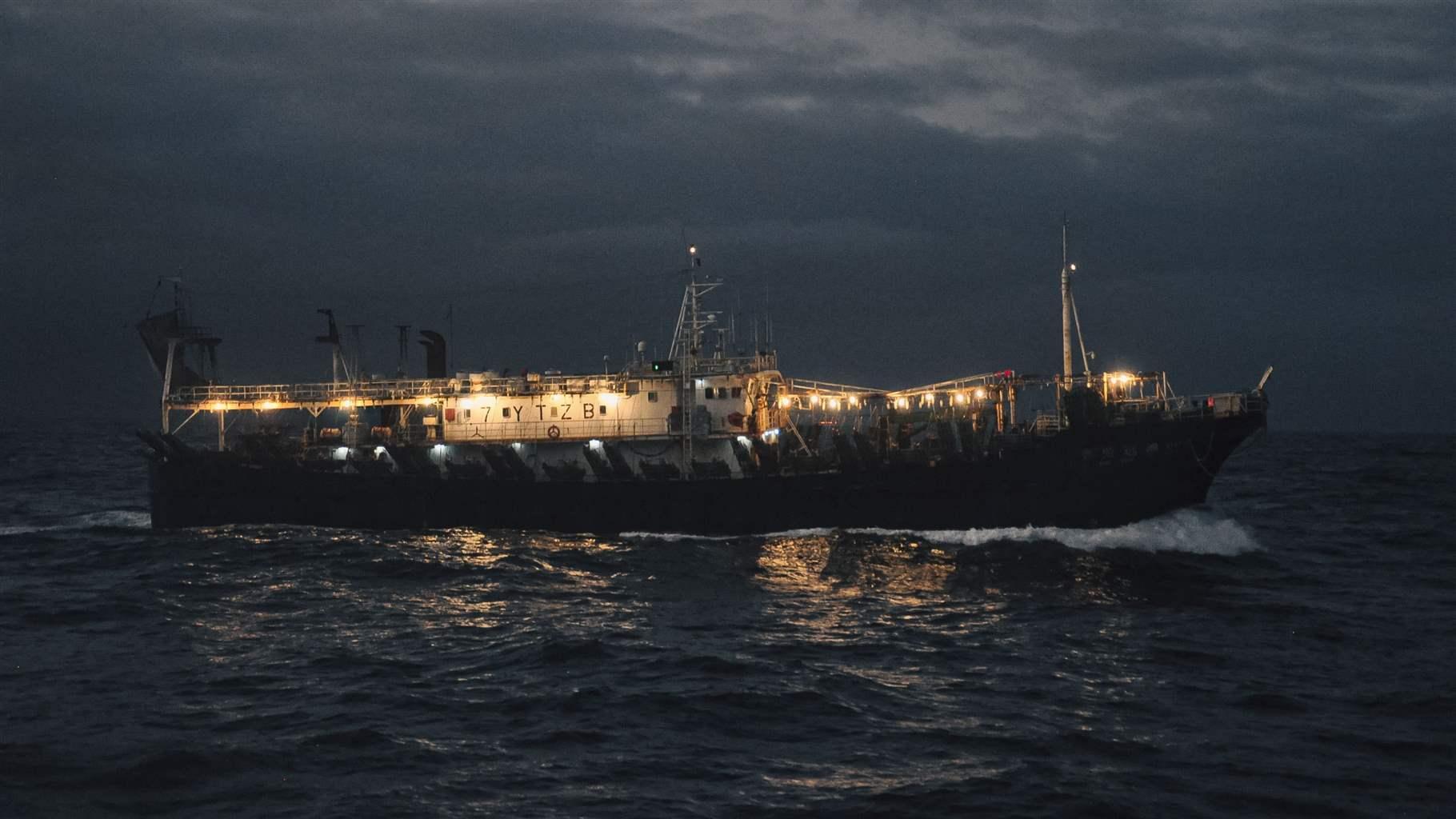



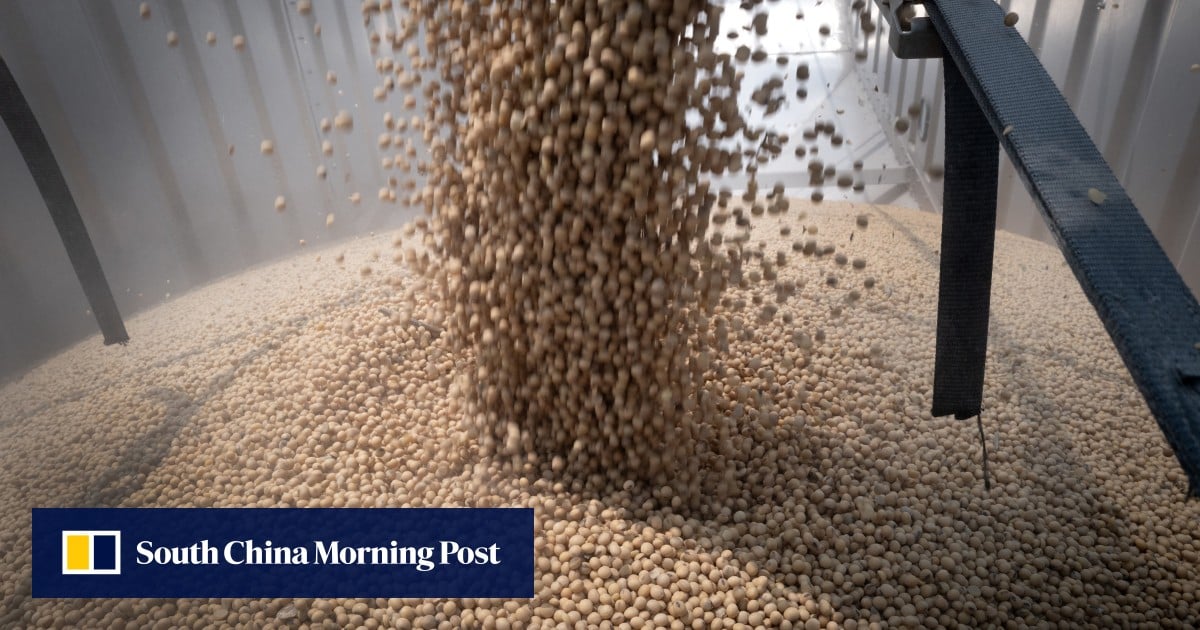
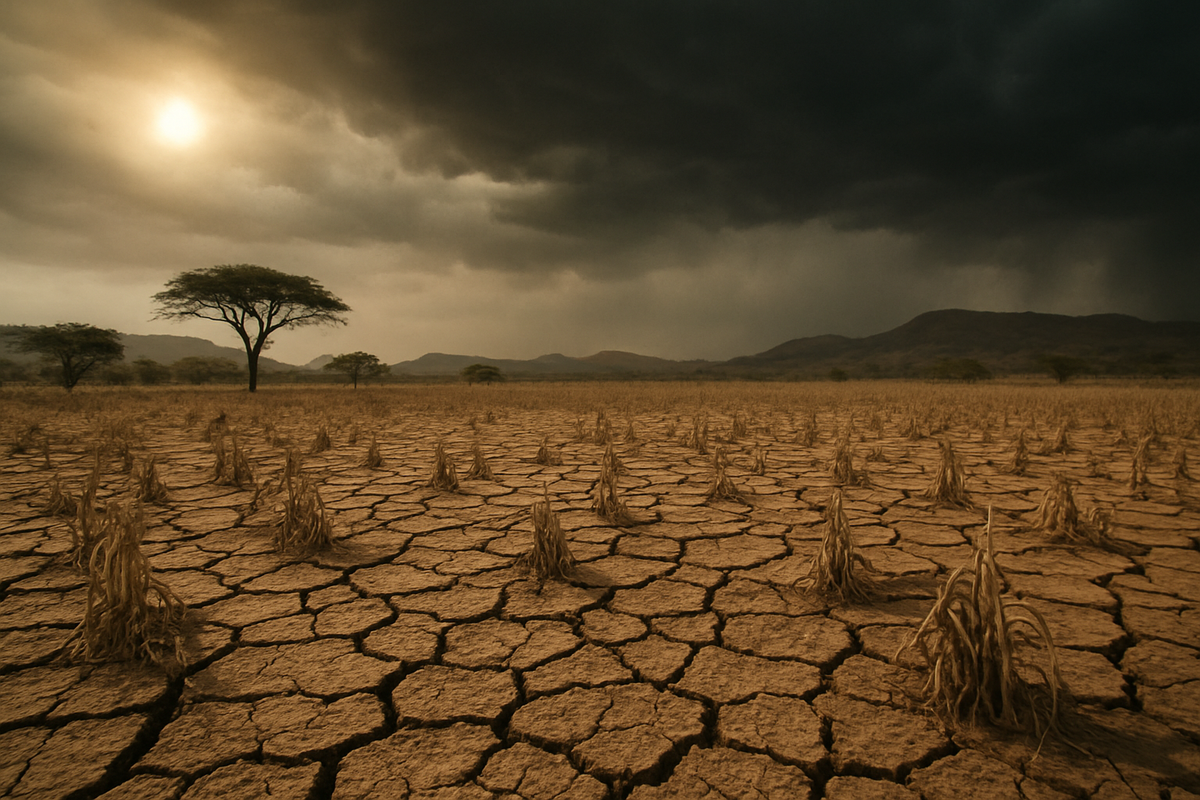
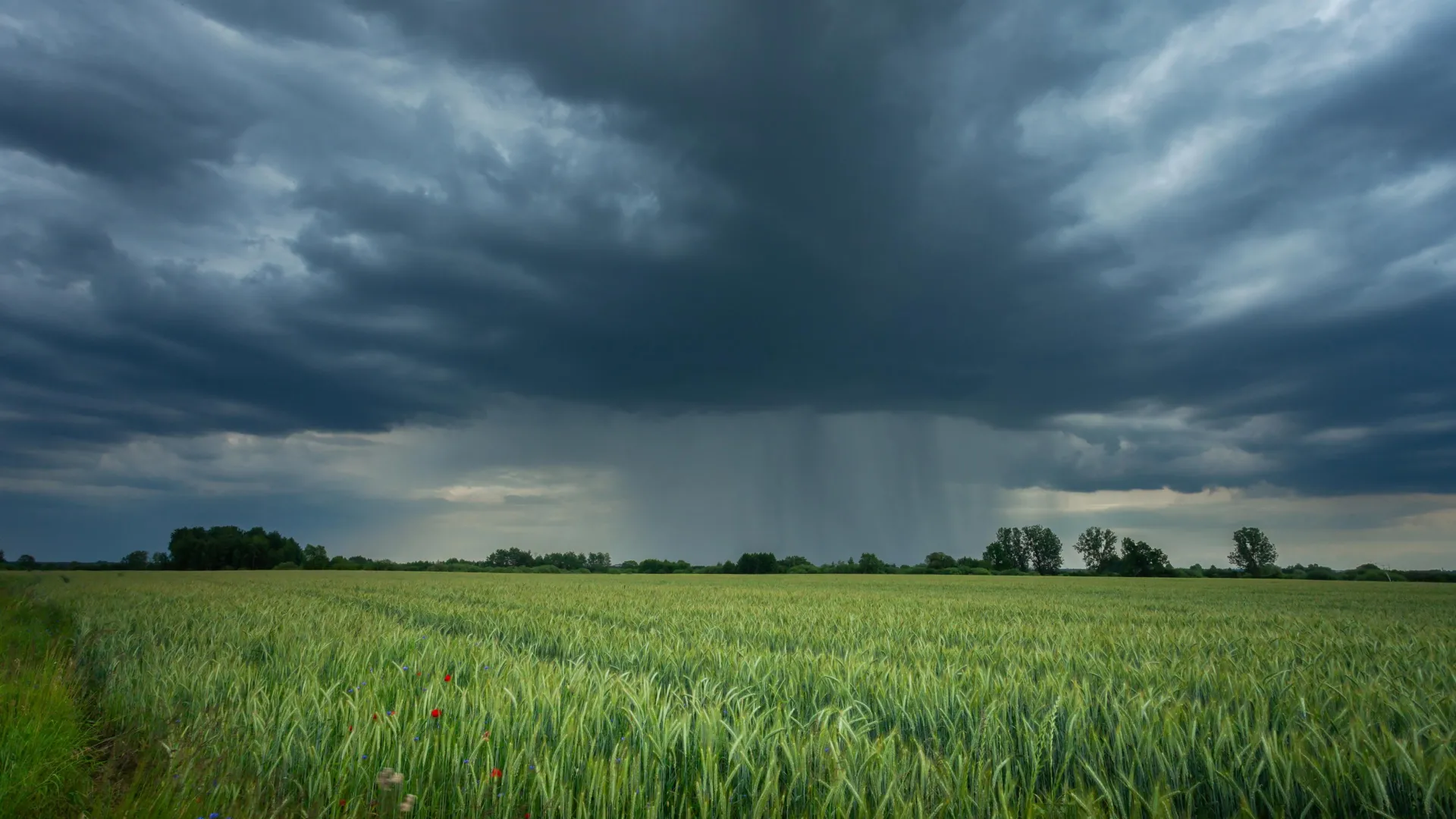

.jpg.webp?itok=0ZsAnae9#)


